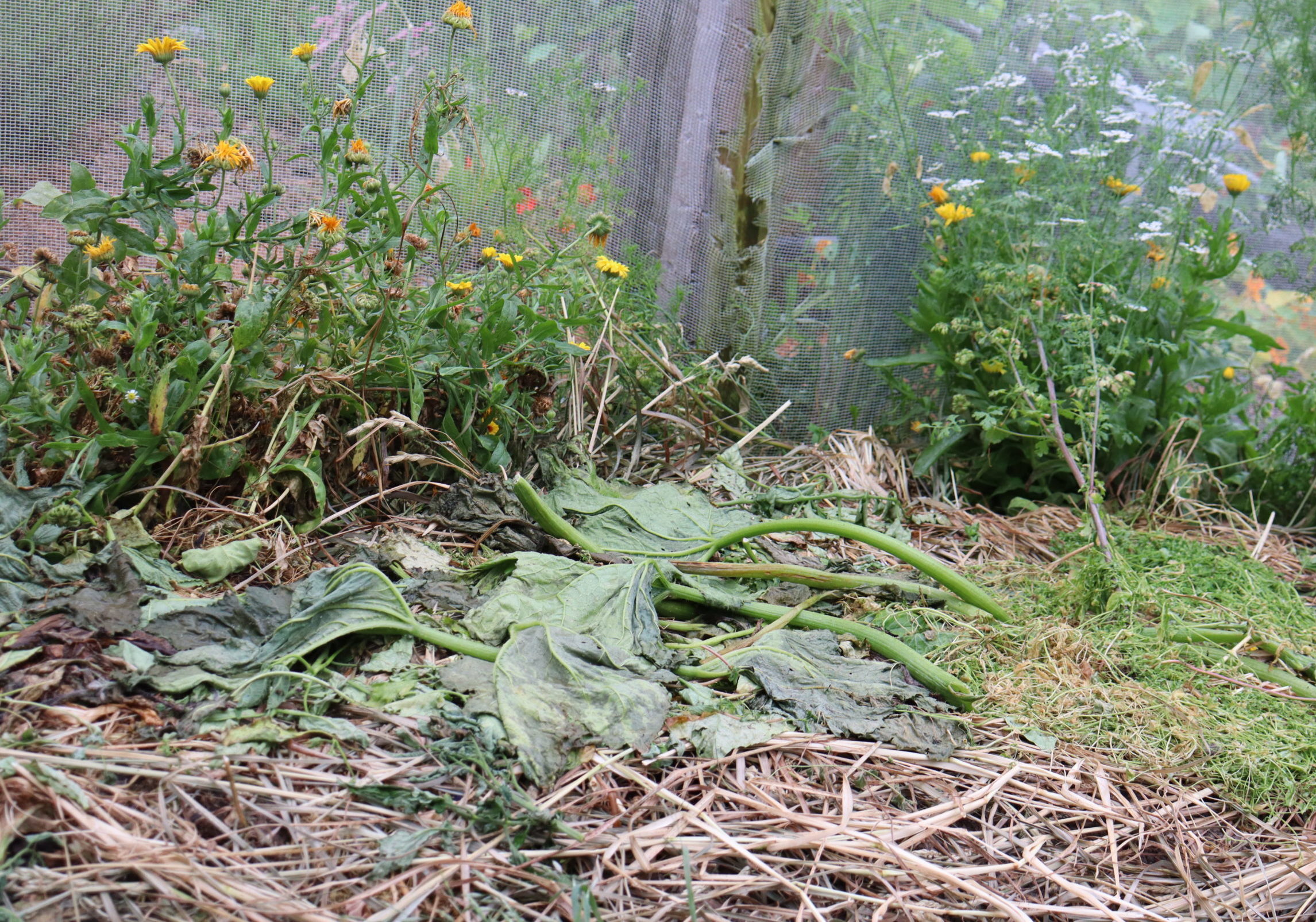Can I Compost Diseased Plant Matter?


Yes! Yes, you can. Nature specialises in detoxifying and outcompeting pathogens. A compost heap is full of life, more than equipped for this job. Visualise a bunch of pac-men zooming about gobbling up the bad guys and you're not far off it. Further biology enters the fray to decompose it all and return it to back as nourishment. Say hello to the cycle of life! Every single moment of every single day, its going on around, above and below us.
Without it we'd be up to our armpits in noxious waste. This is of course, not the case. There is no waste in nature, she relies on cycling nutrients which is why shes so very good at decomposing everything, diseases and all. Pretty neat aye.
The problems comes where there is little or no life, where mono cultures and sterilised environments rule. Young gardens too, arent as strong as established biologically ones. The less diverse a system, the weaker it is and by that I mean the more help it needs to produce crops and fight off disease.
Should you be in one of the above categories, you'd be wise to shift diseased matter elsewhere. Otherwise compost away.

When I very first experienced garlic rust, I carefully bagged up all the diseased foliage and burned it - my goal to limit the spread. Understandable right, until I learned how tiny and volatile those fungal spores were. They'd already spread far and wide throughout the garden and my cutting them off and bagging them most likely spread them further still. I was performing for my own mental health in this moment - my careful removal, entirely pointless.
Nowadays, there's 2 ways I go with diseased foliage. I either lay it beneath native plantings, leaving it to decompose in situ or compost it in exactly the same way I treat everything - chop or break it up, mix it up with other ingredients to get as great a variety as possible, then pour on EM or activated compost tea or add some healthy soil.
